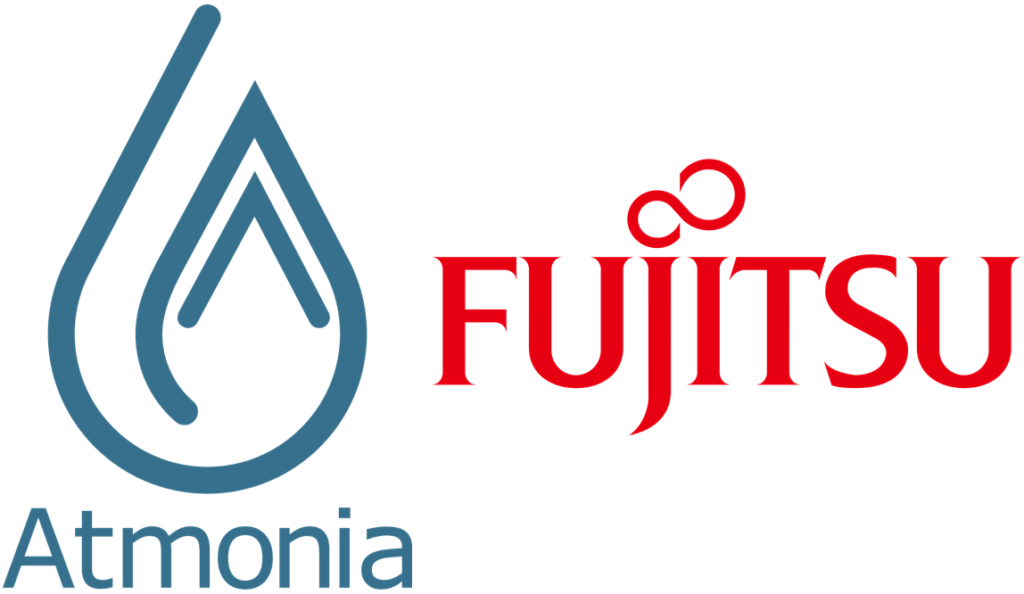AI & High-Performance Computing for ammonia catalyst R&D
By Julian Atchison on April 21, 2022
Fujitsu & Atmonia join forces
Fujitsu and Iceland-based Atmonia will join forces to accelerate catalyst development for the production of ammonia via electrochemical nitrogen reduction reaction (eNRR). By using artificial intelligence and high-performance computing (HPC) technologies, the researchers can conduct “high-speed quantum chemical calculations” virtually rather than via physical experiments. This allows for greater flexibility & speed in assessing the performance of different catalyst materials, not to mention optimising different catalytic surface structures.
The R&D program began earlier this month and will run for a year. Atmonia will provide Fujitsu with data and simulations from different catalytic experiments, outline the scope, methodology and verification process for the R&D trials, while Fujitsu will develop the AI and HPC technology platforms to run the virtual experiments. In the future, Fujitsu indicates it will support further development & production of catalytic materials for ammonia.
The importance of virtual tools is rising in the ammonia energy space. Just last week we explored the concept of a “digital twin” for new green hydrogen and ammonia plants, allowing for optimisation & improved operation without the need for downtime or expensive alterations.
eNRR
Electrochemical synthesis of ammonia is a crucial, ongoing field of R&D. So-called “third generation” synthesis operates at low temperatures and pressures, directly converting nitrogen into ammonia via catalytic electrodes. Poor production rates and stability of the aqueous electrolyte have been obstacles until recently, with a number of key breakthroughs achieved. Browse our archive for more information.
